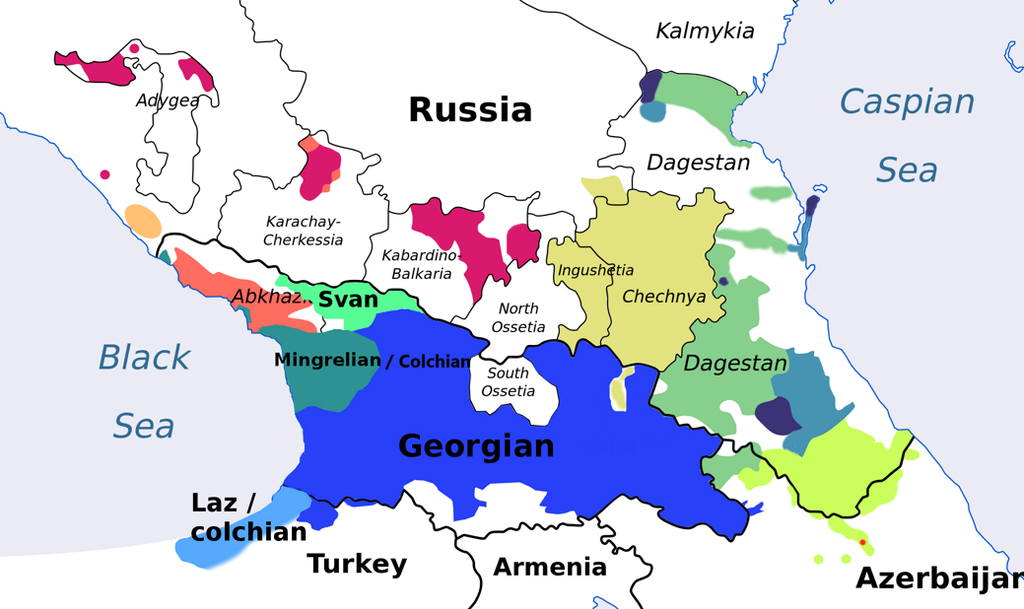Ethnic classification is a complex and multifaceted process that has long intrigued anthropologists and sociologists alike. The inquiry into whether individuals from the Caucasus are categorized as “white” reveals the convoluted interplay between geography, history, culture, and individual identity. Cultural relativism, a framework that urges us to understand cultures within their own contexts, serves as an apt lens through which to examine this classification.
Firstly, it is essential to clarify what is meant by “Caucasus.” This region, nestled between Europe and Asia, encompasses a diverse array of ethnic groups, languages, and cultures ranging from the mountainous region of Chechnya to the valleys of Georgia and Armenia. The term “Caucasian” originates from the 18th-century anthropologist Johann Friedrich Blumenbach, who posited a classification scheme based on physical characteristics, including skin color. However, this classification has been critiqued for its oversimplification of human diversity.
In assessing the identity of Caucasian individuals, one must navigate a rich tapestry of ethnic identities. The Caucasus is home to notable groups such as the Chechens, Georgians, Armenians, and various North Caucasian peoples, each possessing distinct languages, traditions, and historical narratives. The sheer diversity encapsulated within the term “Caucasian” defies a monolithic interpretation. Cultural relativism encourages a deeper understanding of these identities not merely as statistical anomalies within a racial framework but as valid cultural expressions of unique heritage.
The complexities of racial classification are further illuminated through the historical interactions of the Caucasus with broader regional powers. The region has served as a crossroads, where Persians, Greeks, Romans, Ottomans, and Russians converged, creating a rich intercultural dialogue. This history of conquest and assimilation complicates any simplistic racial categorization. To superficialize the identities of Caucasian individuals is to overlook millennia of shared stories and cultural evolution.
Many individuals from this region present physical traits often associated with the Caucasian category—fair skin, light-colored hair, and varied eye colors—yet these characteristics exist on a spectrum and vary significantly between individuals and groups. Genetic studies have revealed that populations from the Caucasus exhibit a mixture of genetic markers. This genetic admixture contributes to the difficulty in rigidly defining these groups within any single racial category, emphasizing the necessity for a cultural relativist perspective that acknowledges the fluidity of identity.
One cannot overlook the role of geopolitical identity. The Caucasus has been subject to fragmentation due to nationalistic movements and conflicts, particularly in the post-Soviet era. For each ethnic group, belonging to a specific nation-state often supersedes broader categorizations of race. As such, the question of whether someone from the Caucasus can be classified as “white” may be viewed through lenses of nationalism, sovereignty, and belonging. This complexity requires an examination that transcends the limitations of conventional racial classifications.
Furthermore, identity is inherently subjective. A person’s self-identification as “white” or otherwise reflects personal, familial, and societal influences, engaging with historical narratives. The diaspora of Caucasian peoples throughout Europe and North America further complicates these identities. Individuals who identify as part of this diaspora may carry with them divergent narratives of cultural pride and belonging while navigating spaces where racial identity takes precedence in societal interactions. Thus, the concept of “whiteness” itself varies across context, shaped by social constructs and the perceptions of others.
Within the rich interplay of language, culture, and ethnicity, one can observe that identity in the Caucasus is imbued with the spirit of dynamism. This dynamism is epitomized in the cultures of the mountainous peoples, where customs and traditions evolve while remaining tethered to their historical roots. Music, dance, and culinary practices all reflect the intricate confluence of influences from neighboring regions while retaining indigenous identifiers that speak to a uniquely Caucasian experience. Every dish, song, and story serves as a testament to resilience and adaptation, challenging the static nature of racial classification.
Moreover, the media’s portrayal of the Caucasus contributes significantly to public perception. Boudoir clichés of “exotic” regions perpetuate reductive stereotypes, often divorcing ethnic groups from their historical contexts. These portrayals either romanticize or demonize, failing to appreciate the profound complexities inherent in the region’s identity. Thus, critical engagement with media narratives is necessary for an enriched understanding of Caucasian identity as rooted in lived experience rather than superficial interpretation.
In conclusion, the inquiry into whether people from the Caucasus can be classified as “white” illustrates the intricacies of ethnic classification within a cultural relativist framework. The legislation of identity, like a tapestry, is interwoven with threads of history, culture, and personal experience. Each ethnic group within the Caucasus contributes to an overall understanding that transcends simplistic racial nomenclature. What emerges is a celebration of diversity, an acknowledgment of the spectrum of identity that defies strict boundaries, and a recognition that interrogating such questions leads us to appreciate the richness of human experience in its myriad forms.
